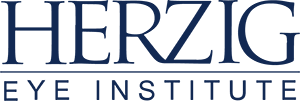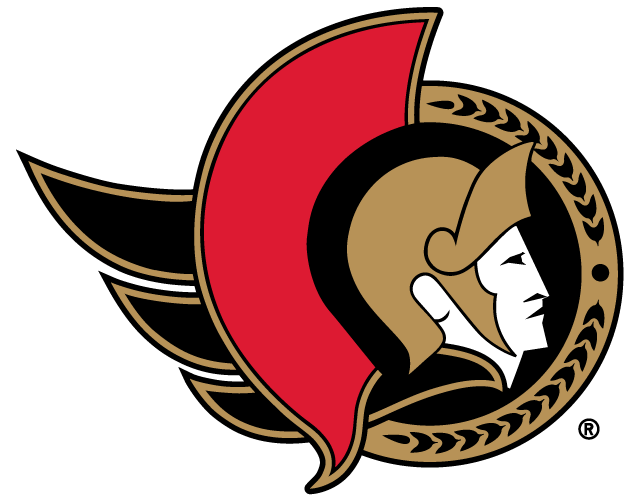What is PRK?
PRK, or Photorefractive Keratectomy, is the first generation of laser vision correction technology. Since 1989, millions of people have had their vision corrected with PRK. Commonly referred to as ‘surface ablation’, PRK uses an excimer laser to reshape the cornea and correct nearsightedness, farsightedness, and astigmatism.
PRK is recommended when the surgeon determines it is the only safe option, particularly for patients with corneal abnormalities.
PRK Candidacy & Treatments
During your complimentary consultation, you will undergo diagnostic testing to determine your candidacy for laser vision correction. To understand what procedure is right for you, you will meet with one of our experienced Refractive Consultants to discuss your vision goals, ask any questions you might have, share the results of your diagnostics and eye examination, book your procedure date, and discuss any pre-operative instructions.
PRK may be the preferred laser vision correction procedure:
- When a pre-existing problem is present on the cornea, like thin, steep, or irregularly shaped corneas, and results in better vision than with ReLEx® SMILE® or LASIK.
- When there is a structural abnormality in the cornea, making LASIK or ReLEx® SMILE® unsafe.
If your consultation reveals you are not a candidate for PRK, we are pleased to offer other refractive procedures, including ReLEx® SMILE® and LASIK, as well as intraocular procedures: Refractive Lens Exchange (RLE) and Intraocular Collamer Lens (ICL).
What is the difference between ZEISS ReLEx SMILE, PRK, and LASIK?




